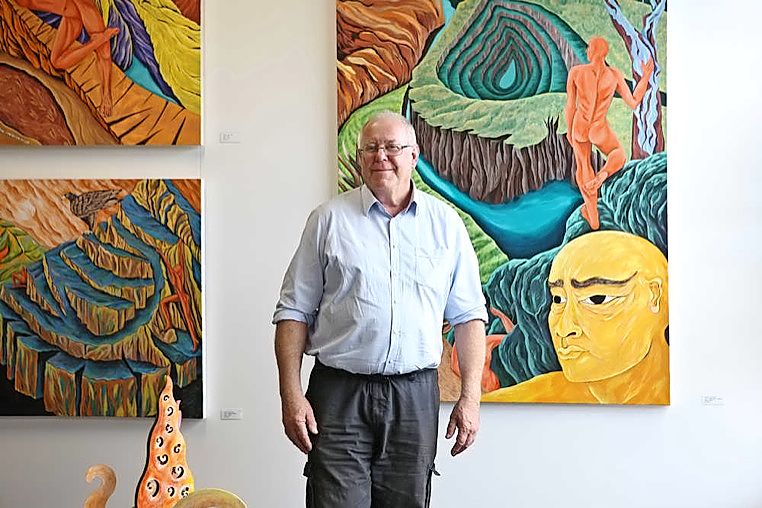
Artistic communities are happier and more engaged, and Bacchus Marsh Arts Council wants to use the power of the arts to offer more people a richer cultural life.
Council secretary John Spain said promoting the arts and building an engaging local arts culture had been neglected for far too long in lieu of other activities, such as sports.
His comments come in response to a recent Australia Council for the Arts analysis, which revealed only a quarter of residents in Melbourne’s west visited a museum or art gallery in the 2013-14 financial year.
“What is this thing called art? What does it mean? How does it affect the community?” Mr Spain said.
“There’s been a lag in understanding what art is and how it impacts a local culture.
“Once people start understanding that and art becomes higher up on the scales, you’ll have a greater participation and greater attendance at museums.”
And artists must take a proactive approach to buck this trend, he urged.
A recent study, published in the BioMed Central Public Health journal, looked at the connection between mental health wellbeing and people’s engagement with the arts.
The Art of Being Mentally Healthy was the first study, internationally, to quantify the arts-mental health relationship. It found people who are engaged in the arts for two hours per week had “significantly” better mental wellbeing compared with those who didn’t.
Mr Spain said it was important to engage young people and attract them to art galleries, museums and theatres.
“If they’re not attractive to kids, I think we’re missing something,” he said. “Some of our memories, that are still from way back at times, was when we saw something different, or interesting – it’s stuck with us for the rest of our lives.
“And we hope that art can do that for today’s young people.”
Australia Council for the Arts chief executive Tony Grybowski hopes the analysis will inform governments, as well as the arts sector.
“The ongoing use of this data, combined with data at a local government level, will build a richer picture of our participation in cultural activities across Australia,” he said.






